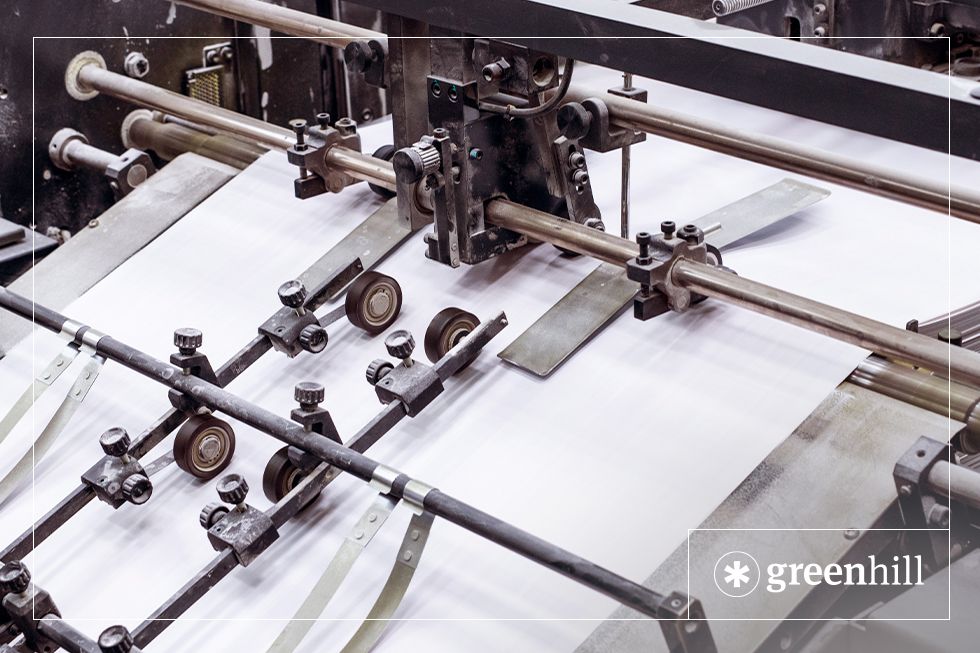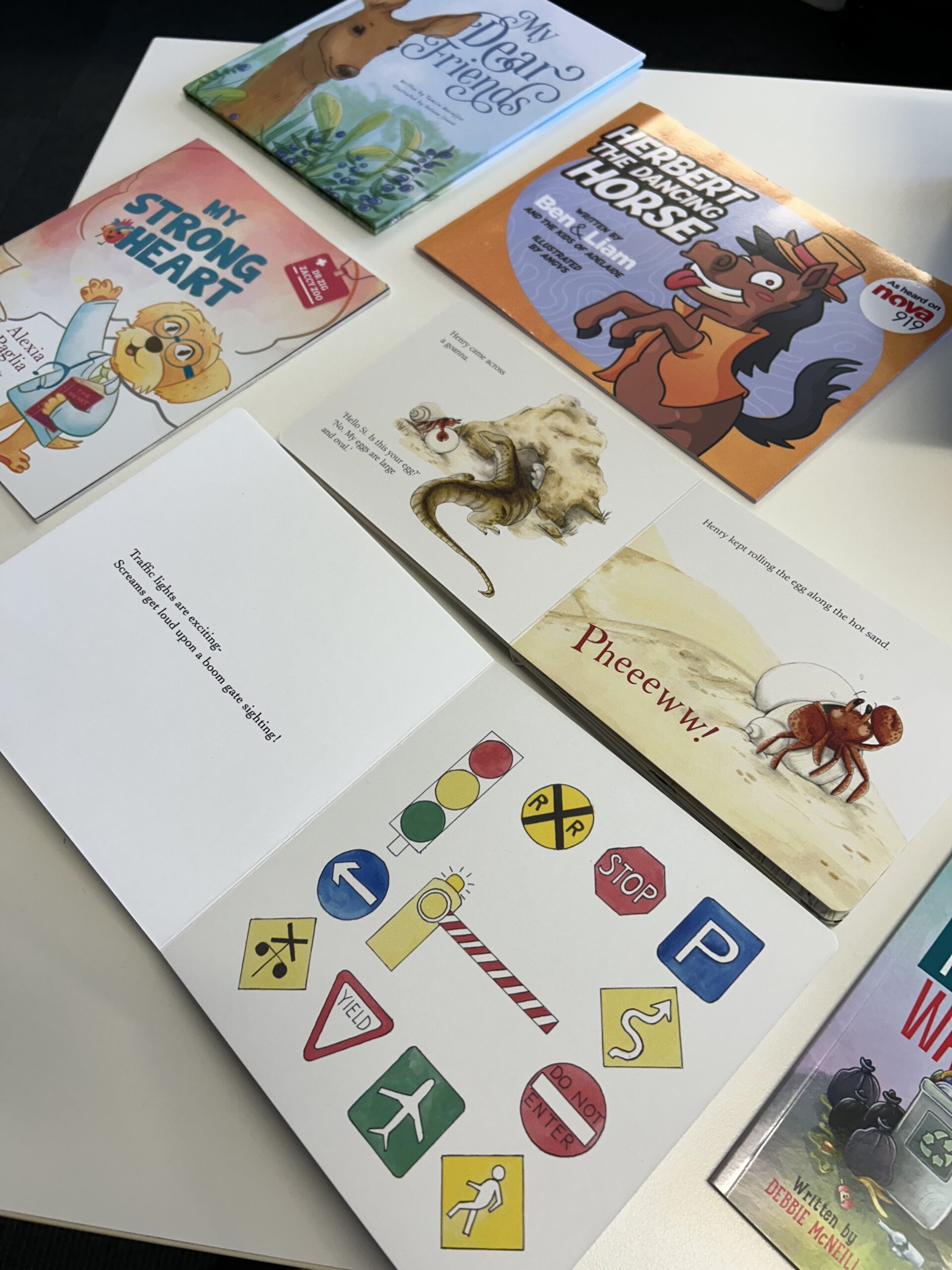No Results Found
The page you requested could not be found. Try refining your search, or use the navigation above to locate the post.

Practically every book will have at least one error, and many will have even more. Books can go through numerous rounds of edits before they’re printed and readers will still pick up on something that is incorrect. Why is this?
The process of accepting and rejecting edits in a manuscript can introduce errors into the manuscript that weren’t already there.
We find that one of the best practices authors can do after receiving their edited manuscript is to save two versions and globally accept all changes in one version. This ensures that there are no introduced errors in that manuscript, but that you can also return to the manuscript with the edits shown and see the choices that the editor has made.
You might be familiar with the proofing tip of printing out your book and reading it on paper to catch any mistakes you may be overlooking when reading it on a screen. But why does this work?
The difference between reading on a screen and off physical paper can be explained through some recent research into the matter. Reading on a screen can certainly improve some aspects of your reading, including speed and skimming, but these aren’t always conducive to picking up on errors. When reading print, however, studies show that reading comprehension and retention are increased in comparison, which makes for a much better environment for seeing and fixing errors.
This in turn means that, while you and many others have read your book while in the manuscript phase, there can be certain errors that are skimmed over because they are being read on a screen. When your book has been printed, however, these errors come out of hiding and can often be glaringly obvious.
Another reason for errors being missed in earlier stages of the book’s production is that it has yet to go through the process of typesetting. Typesetting deals with the interior layout of a book, including the following:
Each of these things, when done correctly, work to increase the readability of a book so that the experience of reading is as a smooth and enjoyable as possible. In layman’s terms, after you book has been typeset and the experience of reading has been made easier, its errors will also easier to find.
While they are professionals in their respective fields, experienced authors and editors are still human. It is virtually impossible to pick up on every error in any aspect of life—including errors in a book (and likely in this very blog post!).
This is especially true for those who have read the book multiple times. When you know the book inside and out, you can anticipate what’s to come and are more likely to skip over errors simply because your brain has already filled out what it wants to read, not what it is actually seeing.
The page you requested could not be found. Try refining your search, or use the navigation above to locate the post.
In just a quick 8,000 words, this little book will equip you with the knowledge you need to successfully publish your book.
The Little Book of Big Publishing tips goes into the essentials of self-publishing a book, outlining the business and financial side of publishing, legal issues, design, editing, sales and marketing. There's even a section on how to identify a vanity-publishing scam.


When considering the print of your book, it’s good to know the difference between the paper types available for book printing. This blog will give you a basic guide to the different kinds of paper and treatments available for the paper you can use in your book.
There are three main types of paper that you can use to print your book on: white paper, cream paper, and book-cream/groundwood paper. Each are useful for different purposes in printing:
White paper:
Cream paper:
Book-cream / Groundwood paper:
GSM (Grams per Square Metre), is used to indicate the thickness of materials such as paper.
|
35 – 55 GSM |
The thinnest of the more commonly used paper types. Usually used for newspapers. |
|
70 – 90 GSM |
A thin paper. Usually used in notebooks and novels. |
|
90 – 100 GSM |
The most common paper weight. Used in recreational printers found in offices and homes. |
|
120 – 150 GSM |
This paper is most often used for thin flyers, takeaway menus, and movie posters. |
|
200 – 300 GSM |
This weight is sturdier than the previous stocks but will still bend. Used often for magazine covers and higher-quality flyers and menus. |
|
350 – 450 GSM |
Thick, card-like stock, more difficult to bend. Used for a few different products including greeting cards, business cards, and postcards. |
Paper can go through a process of coating before it is printed on and bound in a book. As a general rule for most standard trade publications such as novels, uncoated paper is used for the interior pages while coated paper is used for the cover. However, this is not necessarily the best course of action for all publications depending on its contents and intended use.
There are pros and cons to both coated and uncoated paper, of course, and whichever you choose will depend on your personal preferences and what your project needs.
Uncoated paper is just that: uncoated. Unlike coated paper, it does not undergo the process of clay coating. It is best for the interior of text-heavy publications (trade novels, etc.) because it is lighter, and allows for great readability. It comes in two different finishes:
Paper that has been coated is most commonly used for the covers of paperback books or the interiors of books that are image-heavy (such as photography books, manuals, textbooks, etc.). This is because it allows for a level of image vibrancy and durability that uncoated paper does not. When a paper stock is coated, it means that it has had a clay coating applied during the paper making process. There are three different levels of finishes achieved by clay coating:
Environmentally friendly paper usually adds to the overall cost of printing a book. There are more ways to produce a low-impact book other than using recycled paper i.e. the print media. There are a number of printer practices that can reduce the environmental impact.
Environmentally sensitive paper for book printing refers to paper that is produced with a minimal environmental impact. This typically involves using sustainable materials and practices throughout the paper production process. Here are some key elements of environmentally sensitive paper for book printing:
By choosing environmentally sensitive paper for book printing, you can reduce your environmental impact and promote sustainable practices in the publishing industry.
Groundwood paper, also known as mechanical pulp paper, is made by mechanically grinding wood into pulp. It is often used for newspapers, magazines, and other publications where a lower quality paper is acceptable. While groundwood paper can be more environmentally friendly in some respects, it also has drawbacks compared to other types of paper.
In summary, groundwood paper can be more environmentally friendly in terms of energy use and carbon footprint, but it is not as high quality or durable as other types of paper. It is important to consider the specific use case and environmental priorities when choosing paper for printing.
The page you requested could not be found. Try refining your search, or use the navigation above to locate the post.
In just a quick 8,000 words, this little book will equip you with the knowledge you need to successfully publish your book.
The Little Book of Big Publishing tips goes into the essentials of self-publishing a book, outlining the business and financial side of publishing, legal issues, design, editing, sales and marketing. There's even a section on how to identify a vanity-publishing scam.


Green Hill is always working to bring our authors the latest opportunities with affordable pricing. Historically, childrens board books were not something we offered as they simply weren’t viable for our authors—but this has changed.
Board books are a sturdy book and are typically produced young audiences of around 0 – 5 years of age. They’re made to be durable and better withstand rough handling, sticky fingers, and anything else that a toddler may subject to them. Board books differ from other types of books because their interior pages are made with a hard board material instead of the typical paper pages that are found in standard paperbacks and casebound books.

An obvious benefit to printing your childrens book as a board book is that they are longer lasting. This means that they have the capacity to be handed down through siblings and families, allowing your book to touch the lives of many little readers.
However, there are also numerous childhood benefits to producing your childrens book as a board book. It has been shown that young children benefit from the ability to interact with their books, and while they may be too rough to handle a standard paper-paged book, they can handle a board book much easier. Reading board books with toddlers is beneficial for parent-child bonding, building mental connections, and developing fine motor skills.
Recently, printing a childrens board book was not a viable option for our self-published childrens book authors; it required printing in bulk of 1,000+ copies at overseas printing companies.
Well, no more! Green Hill Publishing has found the solution.
Our childrens book authors wanting to print their books as board books can now enjoy a short-run printing option just like any other author printing paperback books. This newly available technology allows authors to print very short print runs of their books and still maintain an affordable price! We recommend beginning with runs of 200 – 500 copies of your book.
The page you requested could not be found. Try refining your search, or use the navigation above to locate the post.
In just a quick 8,000 words, this little book will equip you with the knowledge you need to successfully publish your book.
The Little Book of Big Publishing tips goes into the essentials of self-publishing a book, outlining the business and financial side of publishing, legal issues, design, editing, sales and marketing. There's even a section on how to identify a vanity-publishing scam.
